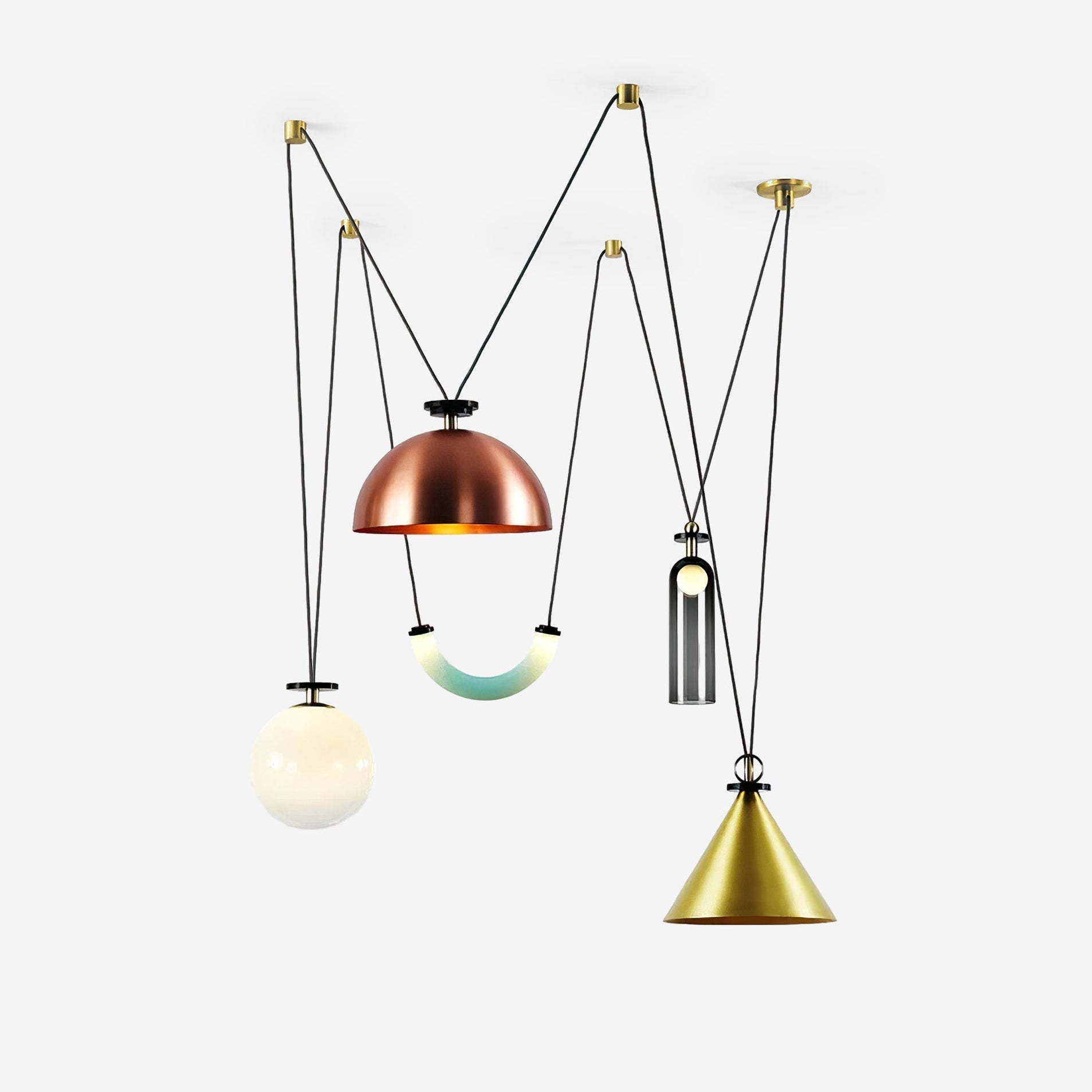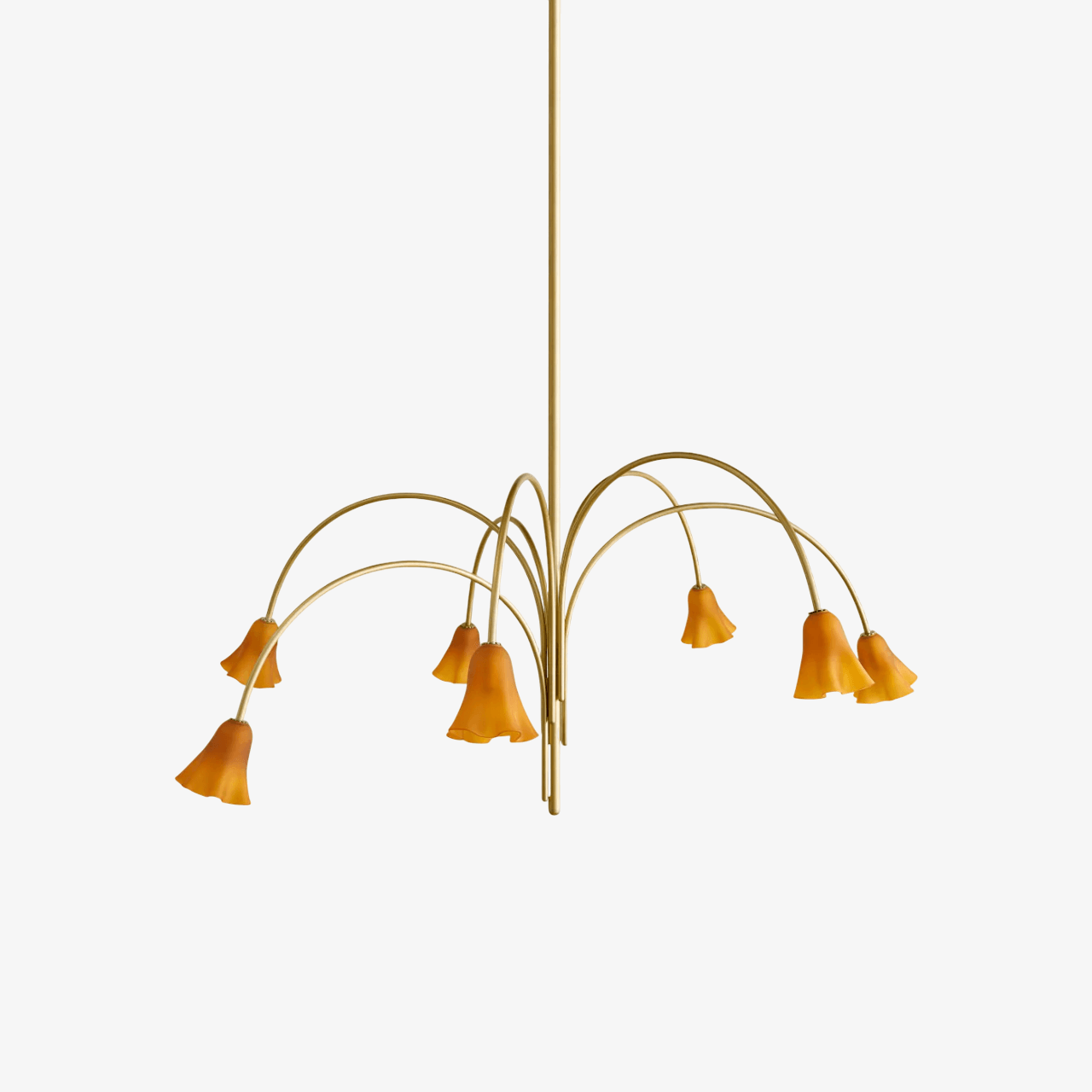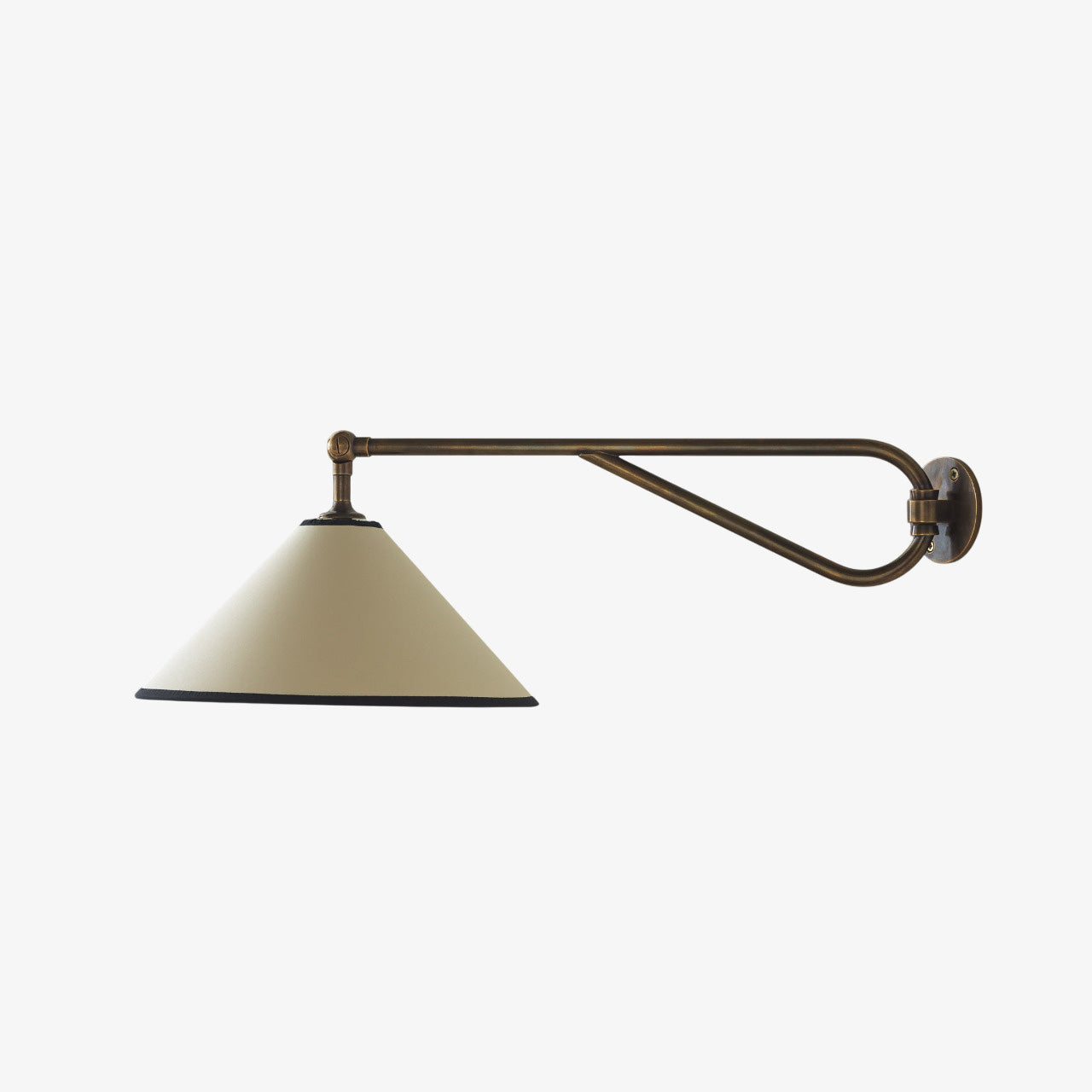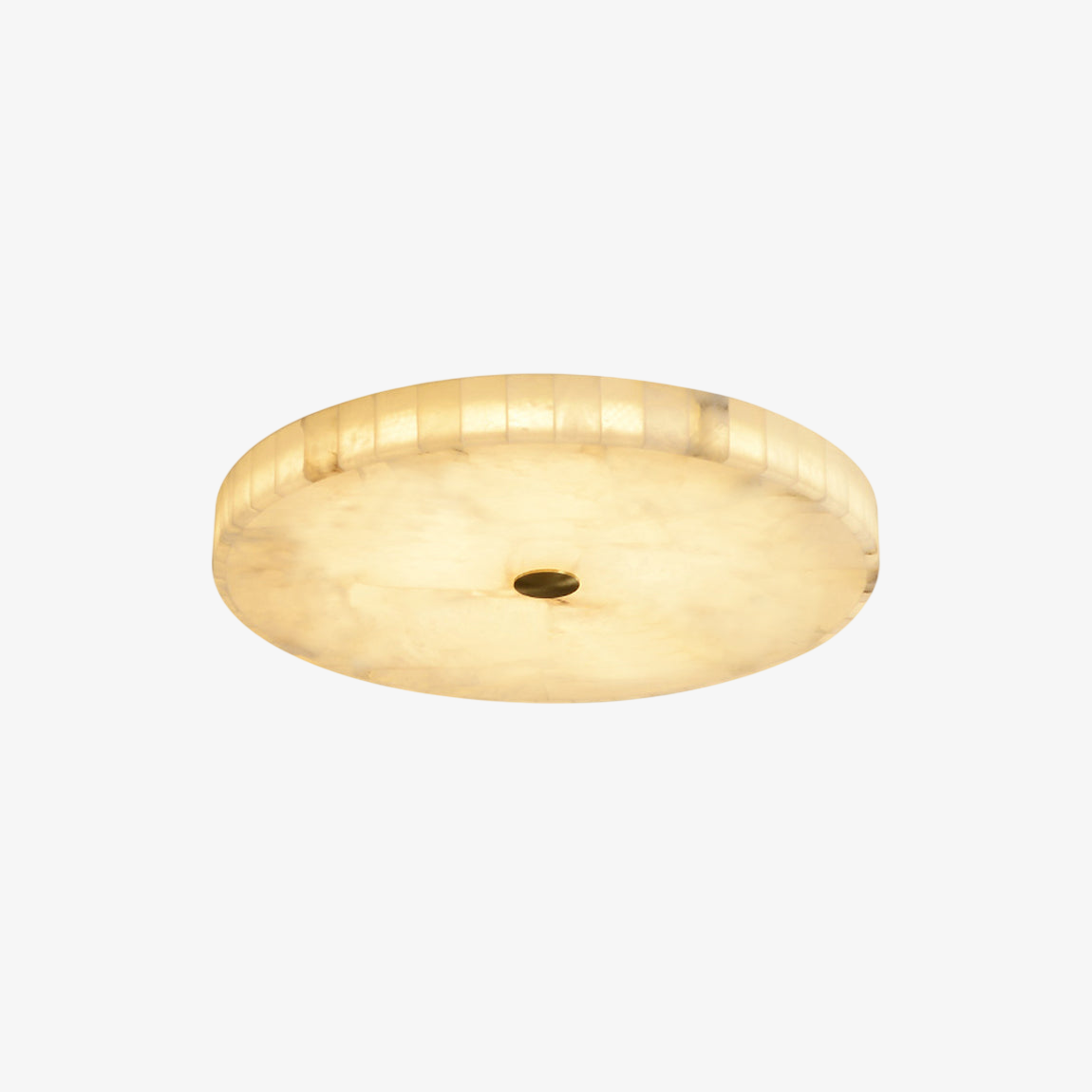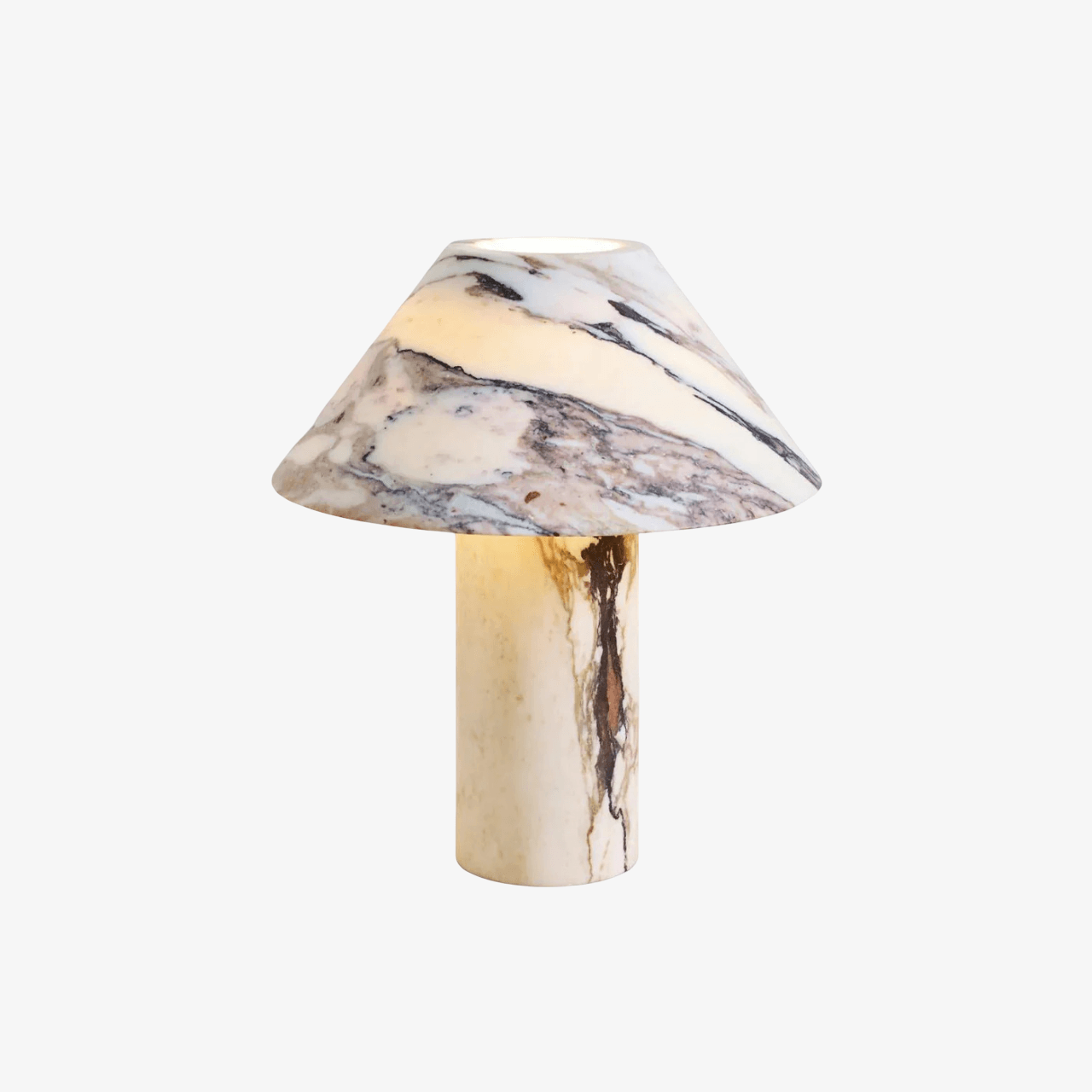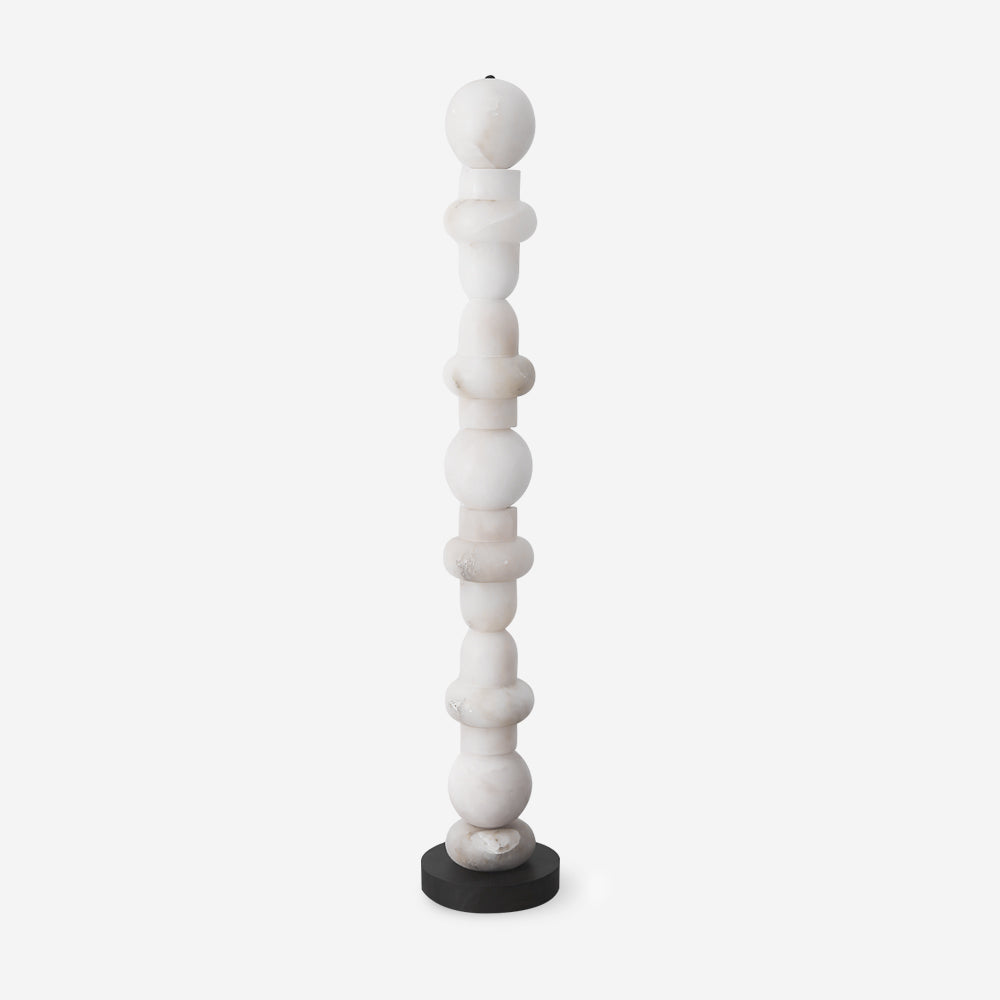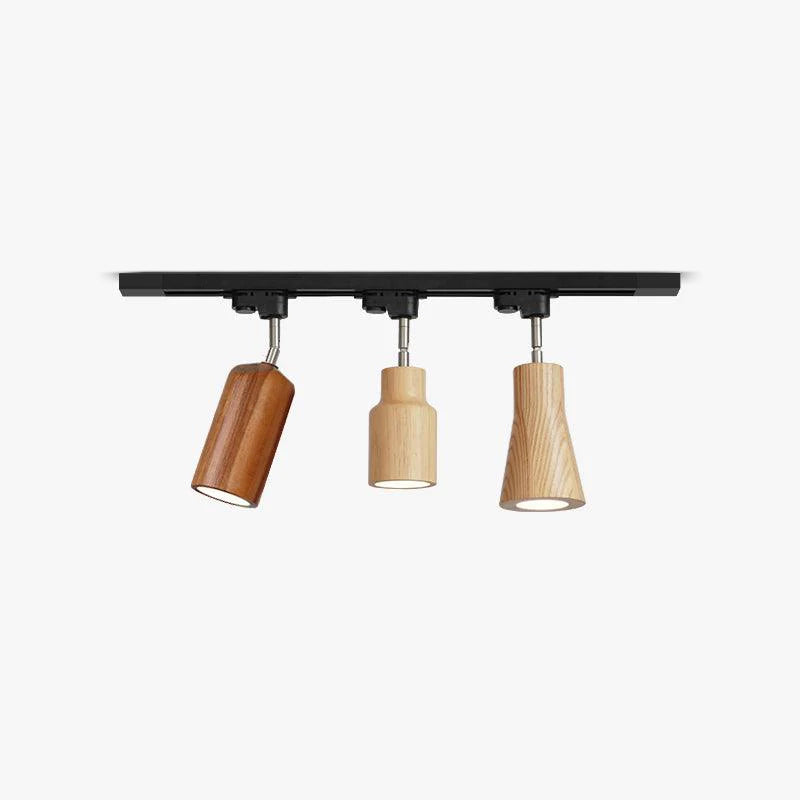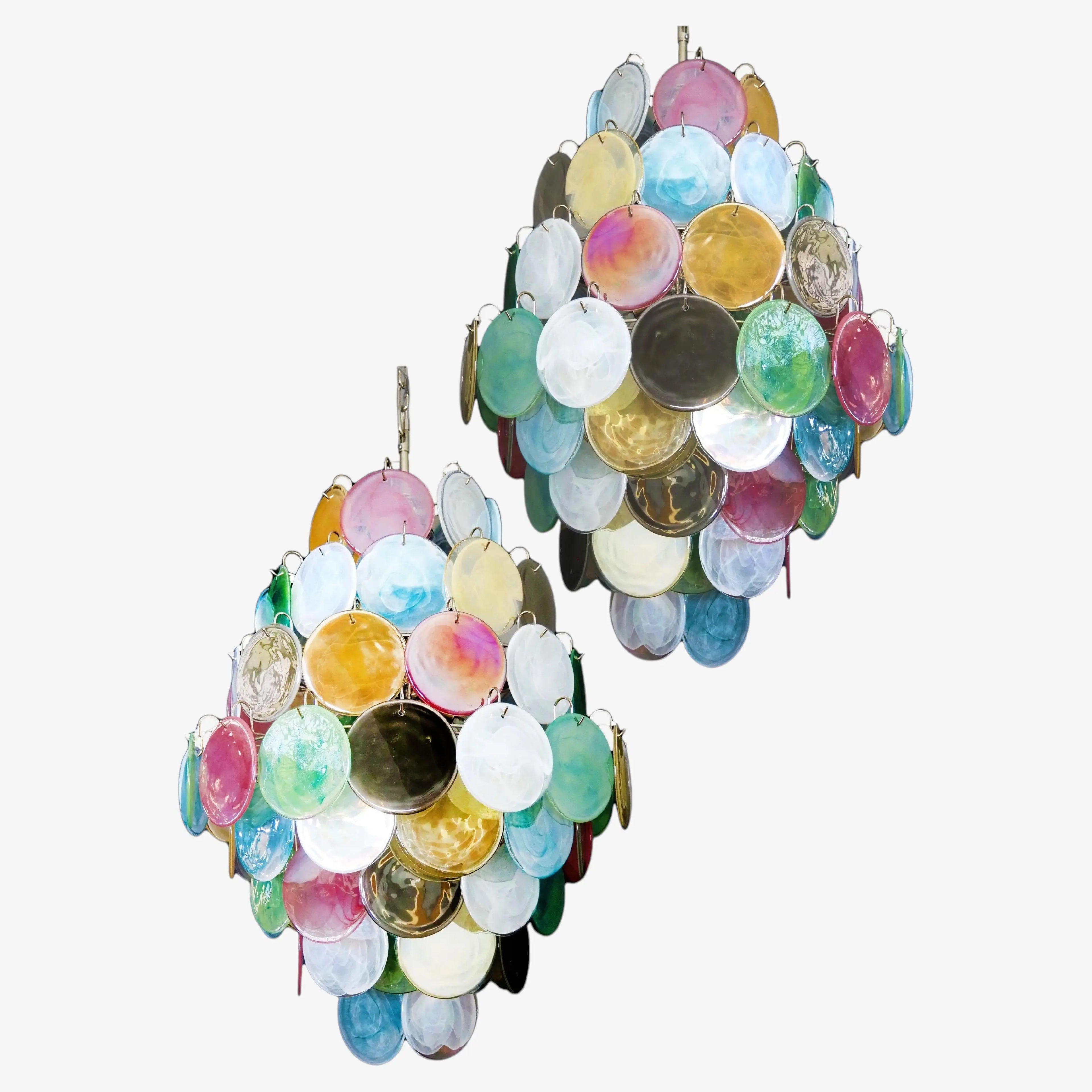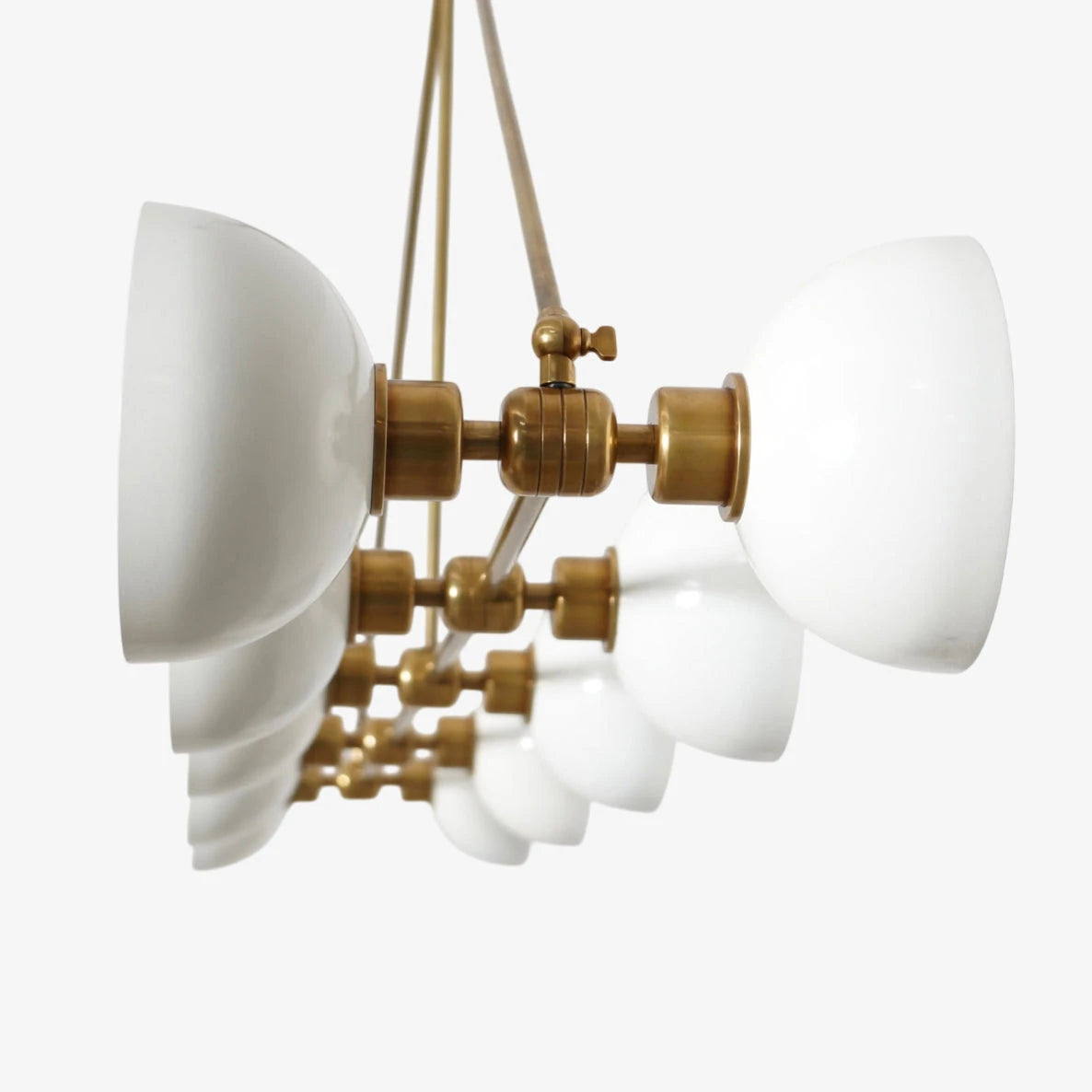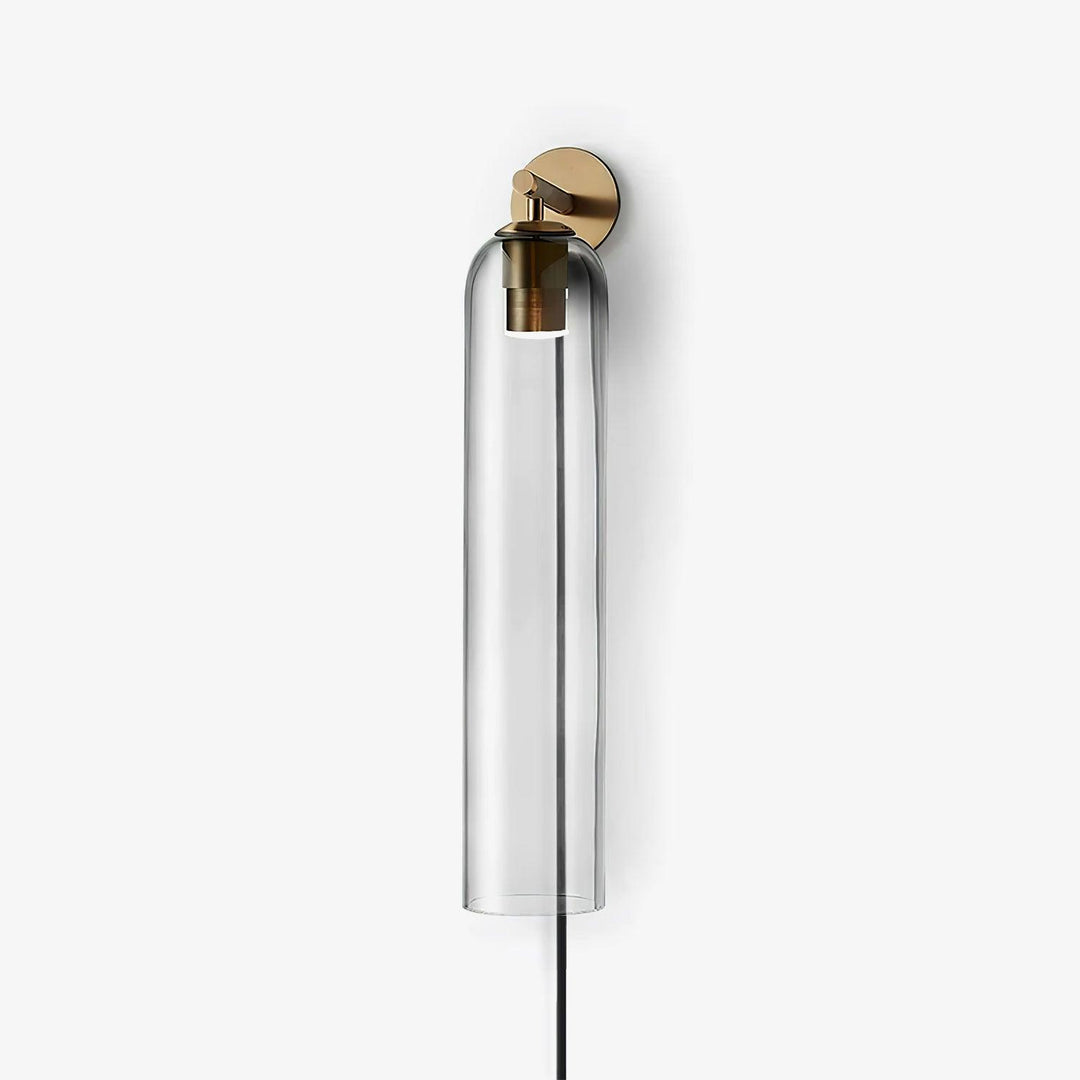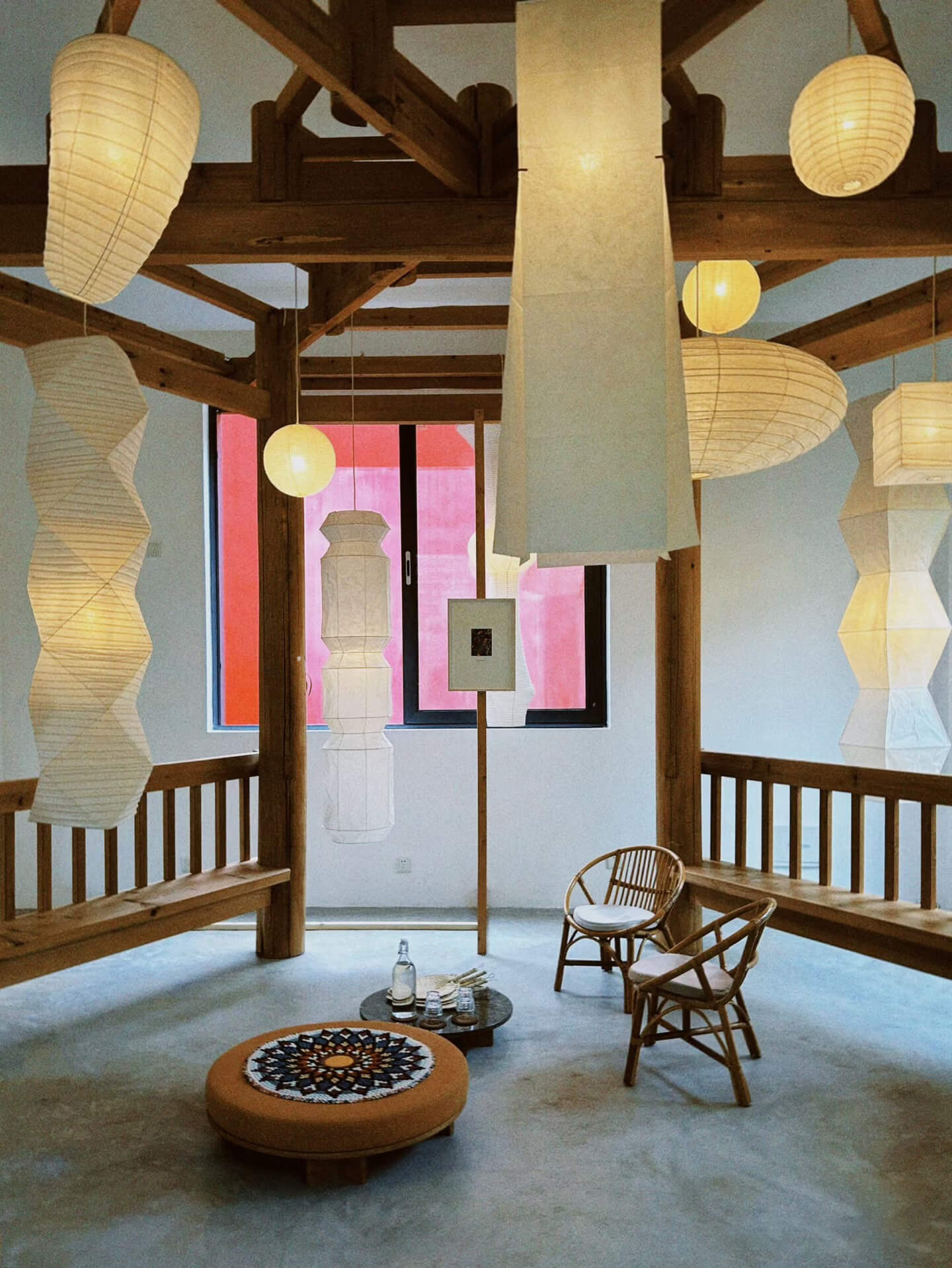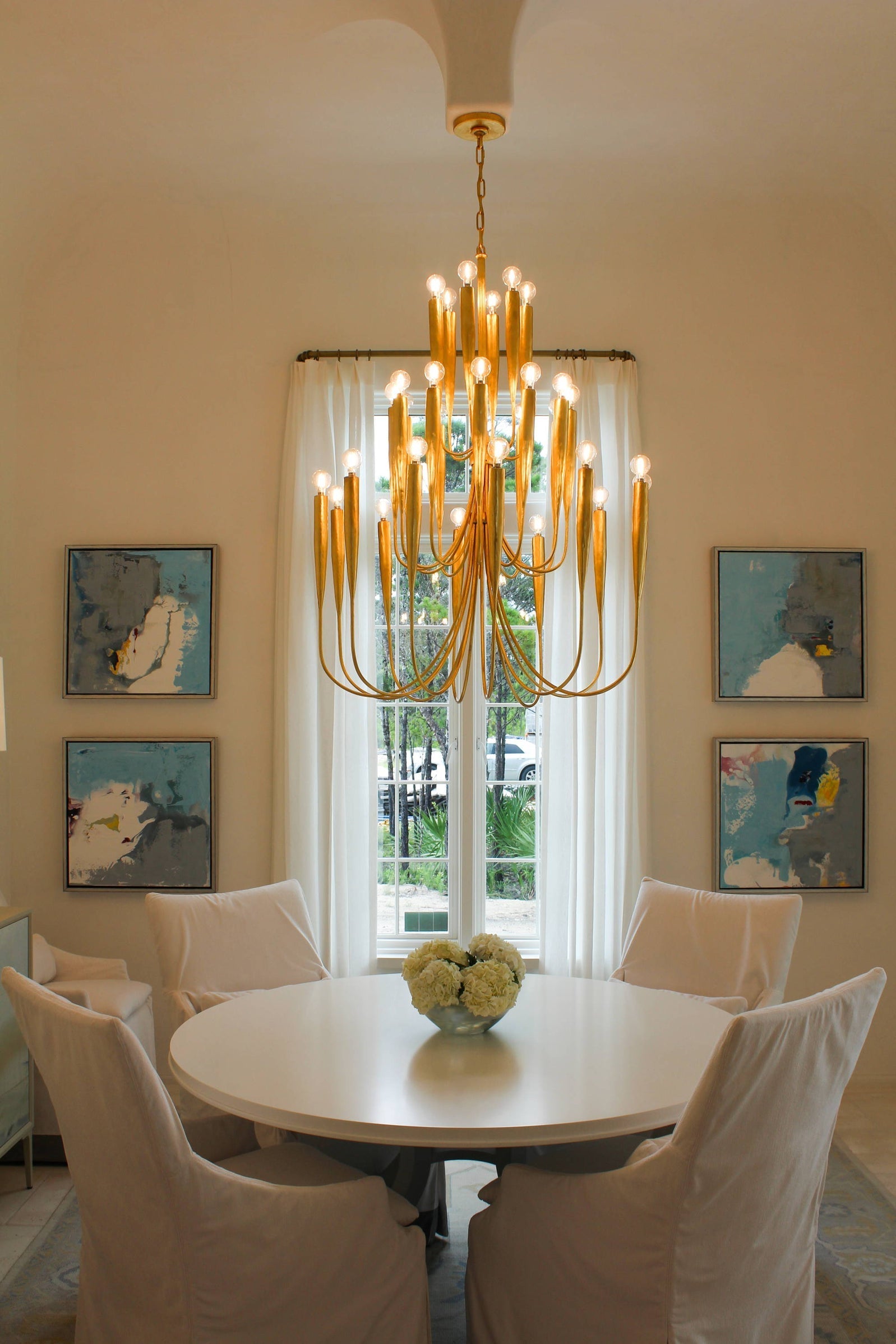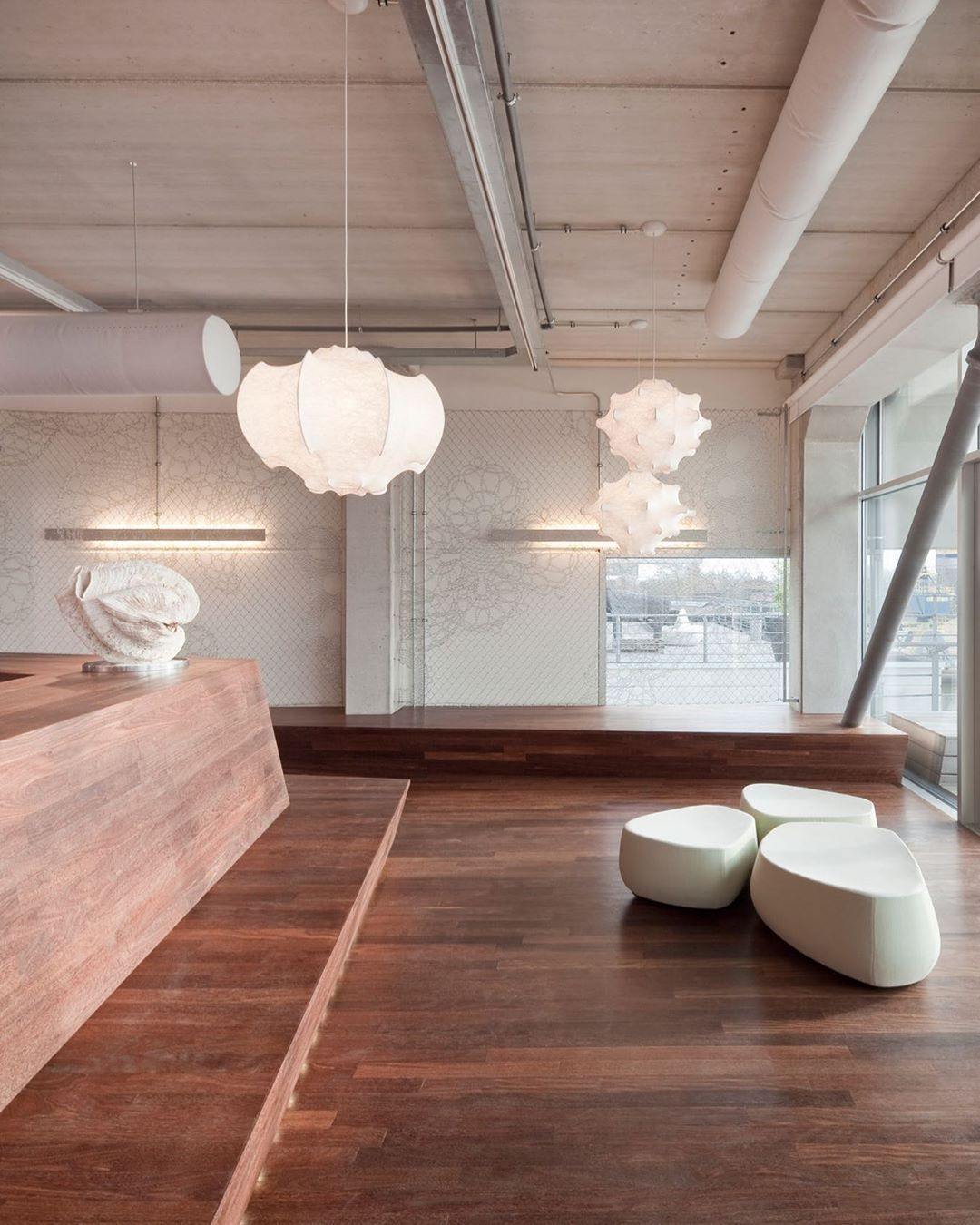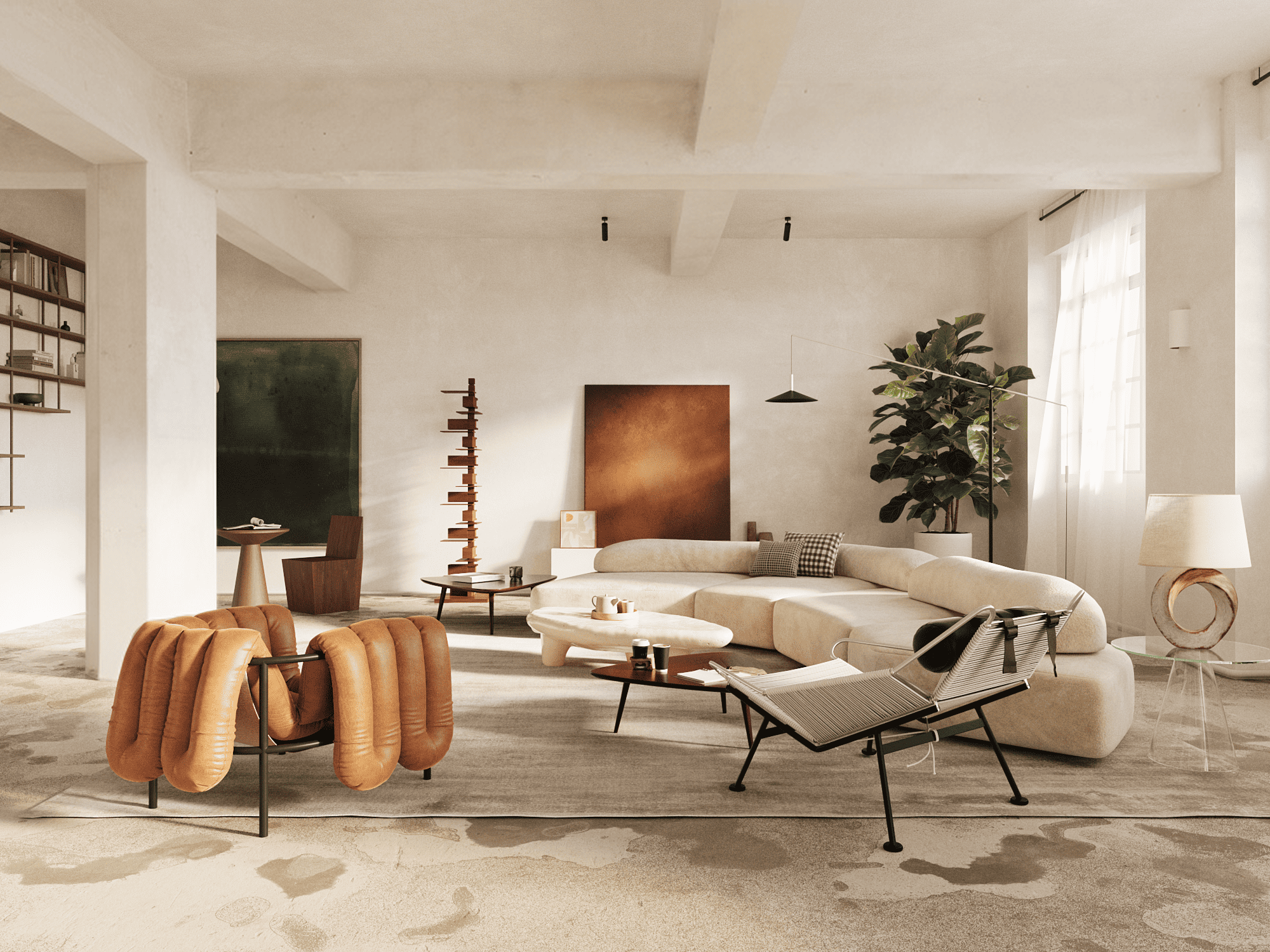
Lumen Levels: Making Sure Your Space is Bright Enough
How Bright is "Bright Enough"? Understanding Lumens and Light Output
Before we determine the total light output your space requires, we need to understand how to correctly measure the brightness of a light fixture.
You are likely more familiar with a fixture's wattage (W), which measures its power consumption. However, a higher wattage does not necessarily mean a brighter light. The difference between incandescent bulbs and LED bulbs provides a vivid example: LED light efficacy is typically ten times that of incandescent. This means a 100-watt incandescent bulb provides nearly the same brightness as a 10-watt LED bulb.
Therefore, to accurately judge a fixture's true brightness, we must use luminous flux, measured in lumens (lm). The total brightness of a fixture is solely based on its lumen count, not its wattage.
Calculating Your Total Lumens Requirement
To calculate the brightness you need, you first need to understand another concept: Illuminance. This value, measured in lux (lx), assesses how many lumens an area receives. You don't need to calculate this value yourself; industry standards recommend a target illuminance for every room.
For a living room, the industry standard typically ranges from . We will use as our baseline standard for today's calculation.
Next, we'll use a common reference area: the average size of a living room in most medium-sized American homes, which is approximately . To use the lux standard, we first convert the area to square meters ().
The total required theoretical lumens is calculated as:
Accounting for Light Loss
You must consider that your ceiling, walls, and furniture absorb light. Furthermore, fixture specifications are often idealized (measured in a laboratory, much like the range advertised for an electric car). We need to increase the required total by 30% to 50% to compensate.
Here, we will increase the requirement by 40%:
We now know your 320-square-foot living room needs approximately for daily life.
Putting Together Your Lighting Plan
You can now begin selecting your fixtures. Here is an example of a balanced lighting plan that meets the standard:
- Chandelier:
- Floor Lamp:
- Table Lamp:
- Two Sconces:
- Dining Area Pendant:
- Total Lumens:
Since meets our standard, this lighting configuration is appropriate.
While this is a general calculation, it is an invaluable tool for judging your needs. For instance, if you choose a large chandelier that alone provides , you may restrict the output of your remaining fixtures to avoid making the space too bright. Conversely, if your main fixture only provides , you'll need to strategically incorporate higher-lumen supplementary fixtures to achieve your goal.
Share

